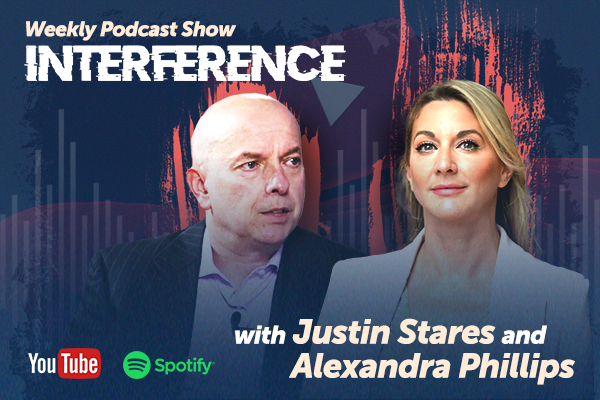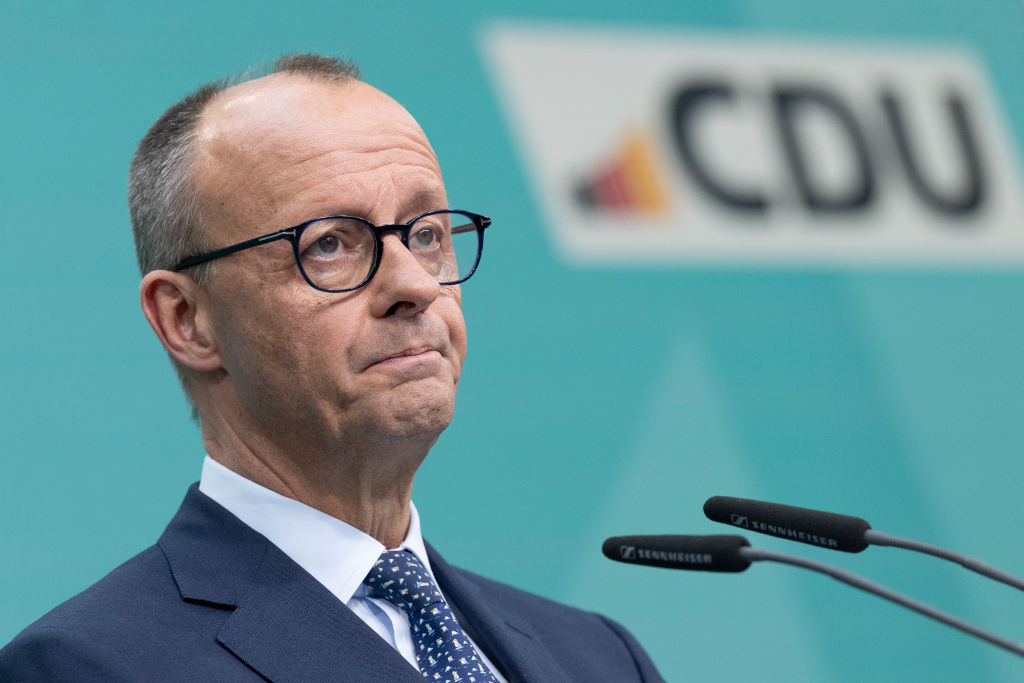The annual NATO summit in Brussels on June 24 and 25 is likely to be the most consequential in decades. With President Trump effectively threatening to withdraw America’s active participation in the alliance, it’s not too far from the truth to say that transtlanticists have two months to save NATO.
President Donald Trump’s words and deeds have convinced many Europeans that it is only a matter of time until he either withdraws the United States from NATO or renders its treaty obligations meaningless. That’s only partly correct: what Trump is really after is an historic reordering of relative responsibilities for the collective defence.
After years of getting little more than words however from most European allies, Trump has lost patience. He will surely arrive in Brussels with an attitude of “I told you so,” noting that he proved to be correct regarding Europe’s energy exposure to Russia and the eventual failure of the continent’s idea that enmeshing Putin in an economic embrace would remove his aggressive impulses.
As the kids say, he’s not wrong.
That means he will come itching for a showdown. He will surely insist that either Europe rearm, quickly, or America will stop wasting resources on European defence.
Promises, ideas, and proposals simply will not satisfy him. If European leaders come to Brussels with that, Trump will likely walk away in dismay.
That means leaders who want America to recommit to NATO need to prepare a clear rearmament plan, with deadlines and deliverables.
That surely is easier said than done, given the parlous state of many nations’ budgets. For every Denmark, which recently committed to hiking its defence spending to 3 per cent of GDP this year, there’s a France.
President Emmanuel Macron has said he wants to increase his country’s spending to 3.5 per cent of GDP, but the nation’s high debt level and massive annual deficit is making this aspiration hard to realise. Trump seems to have a good relationship with the French president, but he’s not going to be satisfied if Macron comes to Brussels with paper rather than plans.
It would help if the European Union could quickly decide how to finance Commission President Ursula von der Leyen’s proposed €800 billion defence spending hike. But thus far the 27-member union’s leaders remain deadlocked between those who want to pay for it through EU borrowing – which means the wealthy north would subsidise the poorer south – or through member nation borrowing – which would burden already highly-indebted nations.
American MAGA aficionados have a saying, “Do you know what time it is?” This slang means that a crisis is upon us and there’s no time to lose in meeting it. If the EU can’t get its act together before the NATO summit, expect Trump Administration officials to conclude that Europe does not know what time it is – and act accordingly.
Europeans also need to have clear plans on how to spend this money, assuming they do recognise the urgency before them. Each nation’s defence ministry should be compiling plans now on how they will spend the windfall if it arrives.
Again, some nations are doing better than others. Belgium’s new conservative Prime Minister, Bart de Wever, had planned to increase his nation’s paltry defence budget to 2 per cent of GDP by 2029. Within two weeks of Vice President J.D. Vance’s Munich speech his government accelerated that timetable to this year with the intent to have the “higher spending in place by the NATO Summit”.
That’s the sort of decisiveness Trump and his team want to see.
All eyes will be on Germany’s incoming chancellor, Friedrich Merz, to see if he follows De Wever’s path or instead hews to Macron’s words over deeds approach. Trump will be delighted if Merz, whose coalition agreement with the Social Democrats gives him the funds for rapid rearmament, arrives in Brussels with a concrete way to rapidly rebuild the Bundeswehr.
But even if Europeans can surmount these challenges, they will run into a final Trump demand: buy American. Europe naturally wants to build its own defence capabilities, and that has led to calls to use much of any increased spending to purchase arms and equipment built in Europe.
Trump will understand that, especially as it applies to the continent’s navies. He is well aware that America lacks the shipbuilding capacity to meet its own rearmament needs, much less Europe’s.
He will be less understanding when it comes to tanks, airplanes, and the sophisticated electronic weaponry that America excels in. Merz, von der Leyen, and the others need to be prepared for this inevitable confrontation and know beforehand what they are willing to buy abroad and what they are not.
It will help if they can show that given the demands on American companies they can get more equipment faster by ramping up their own industries. Poland is an excellent example of a country that is sourcing its rapid rearmament from the United States while also buying from South Korea and creating its own arms industry.
Keeping Uncle Sam happy while also diversifying military procurement is possible, but only with a clear plan in hand.
It’s been said that NATO was formed in part to “keep the Americans in and keep the Russians out”. Europeans have only two months left to keep that founding principle a reality.





Macron should be a clever statesman and pardon Le Pen